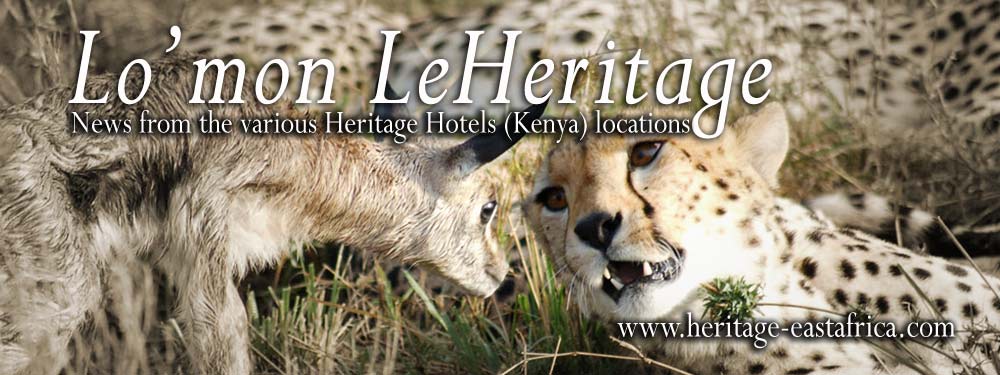Our guides have observed the mannerisms of herds that might suggest an imminent exit from the Mara. Just a few days
 after coming back, some of the animals have been streaming south from the Talek River towards the central plains where they have congregated heavily.
after coming back, some of the animals have been streaming south from the Talek River towards the central plains where they have congregated heavily.There were very little activities at the river, with only a handful animals crossing in either direction at the main points near Look-Out Hill and Paradise crossing points. The predation on the crossing herds by the crocodiles has gone down because most crocodiles are full from the feeding frenzy the past couple of months.
Big Cats Update
There were more lion and cheetahs kills in the past week than we have witnessed this season! Binti, one of Olive's sub-adult cub was seen killing a young Topi, in what could be her 'maiden' kill. Her mother Olive and the other two cubs, Ayah and Kali, were together for the whole of last week when she made a couple of kills at the confluence of the Talek and Olare-Orok Rivers.
Our guests at Mara Intrepids saw five other different leopards over the past week, confirming the location around Mara Intrepids as a special leopard zone in the Mara.
The two female cheetahs with cubs were seen regularly with their surviving litters. The one that had six cubs now has three, while the one that had four now has one. It is unfortunate that mortality among cheetah cubs is quite high in the their first 1-5 months.
Meanwhile, the Olkiombo and Ridge prides next to our camps are our main lion attractions at the moment. With the wildebeest now back in their territory, these cats never waste an opportunity, as the herbivores that returned to the Mara have been finding out! All the cubs in our lion prides are doing well, and with plenty to eat, they are just growing really fast!
Other sightings
Our guests at Voyager Ziwani camp in Tsavo West got a rare treat recently when they saw a pack of
In our camp Samburu Intrepids in the Northern Frontier district, our guests were treated to a week full of cat sightings, with leopard, lion and cheetah seen regularly.
Paul Kirui, Chief Safari Guide
Kindly contact: safariguide@mara-intrepids.co.ke for comments or inquiry on the migration and other animal sightings in the MaraMigration%20Map%20-%20Sept262008.jpg







